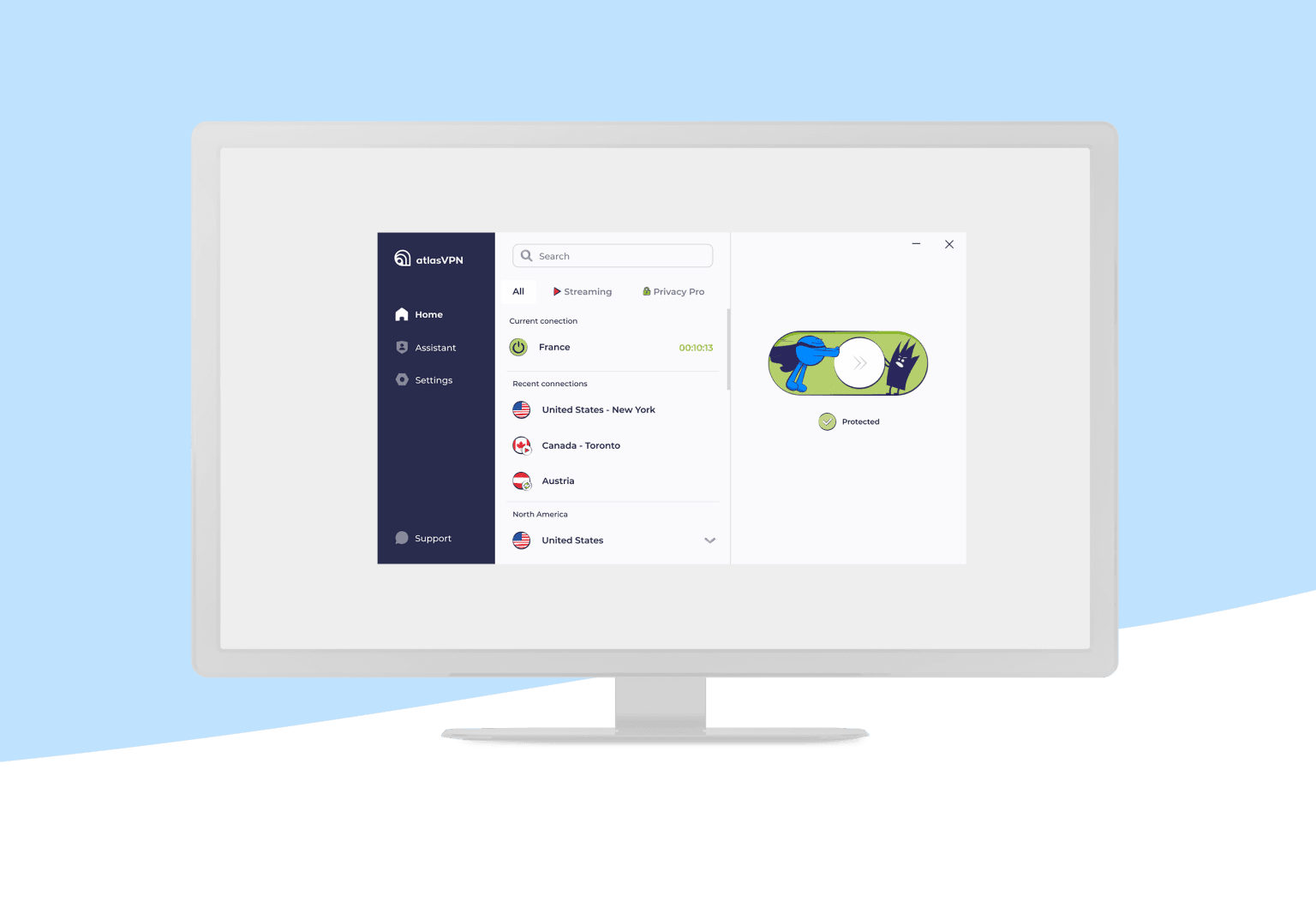Email Marketing Tips for Better ROI
Boost your email marketing ROI with these effective tips. Learn how to build a quality email list, craft compelling subject lines, personalize content, optimize for mobile, and use A/B testing to improve results and drive conversions.
Email marketing has long been one of the most effective ways to engage with potential and current customers. It offers a direct line of communication and allows businesses to reach their audience in a personal and meaningful way. With its ability to provide a high return on investment (ROI), email marketing remains an essential tool in the digital marketing toolkit.
However, simply sending out emails is not enough. To see tangible results, businesses must approach email marketing strategically. Whether you’re looking to increase engagement, generate leads, or drive sales, the following tips will help you optimize your email marketing campaigns and achieve better ROI.
1. Build a Quality Email List
The foundation of any successful email marketing campaign is a strong email list. It’s essential to focus on building a list of engaged subscribers who are genuinely interested in your offerings.
Avoid purchasing email lists or using outdated contact information. Instead, prioritize organic growth by collecting emails through sign-up forms on your website, landing pages, and social media channels. Offering incentives like discounts or exclusive content can help encourage sign-ups.
Additionally, segmenting your email list based on customer preferences, demographics, or past behavior can improve engagement rates. For example, a green advertising agency might segment its list based on environmental interests or eco-friendly behavior, allowing them to send more relevant content to specific audiences.
2. Craft Compelling Subject Lines
The subject line is the first thing your subscribers see, and it plays a major role in whether they decide to open your email. A compelling subject line can significantly boost your open rates, while a dull or vague subject line may cause your email to be ignored or deleted.
Keep subject lines concise, clear, and to the point. Use language that sparks curiosity or offers value to the reader. Personalization can also increase the effectiveness of subject lines, such as including the subscriber’s name or referencing their past interactions with your business.
For example, instead of a generic subject line like “New Products Available,” you might write, “Sarah, check out our new eco-friendly products just for you.” This approach feels more personal and relevant, increasing the likelihood that the recipient will open the email.
3. Personalize Your Emails
Personalization is one of the most powerful tools in email marketing. When emails are tailored to a recipient’s interests and behaviors, they are more likely to resonate and drive action.
Beyond using the recipient’s name in the subject line, personalize the content within the email itself. If you’re working with a Web development agency in Houston, they might help you incorporate dynamic content that changes based on user data, such as product recommendations or tailored messaging based on previous purchases.
Segmenting your list further allows you to send targeted emails to specific groups, which can enhance engagement. For example, you could send one email to first-time visitors who haven’t made a purchase, and another email to loyal customers who are likely to appreciate a special reward or discount.
4. Optimize for Mobile Devices
With more people reading emails on their smartphones and tablets than ever before, it’s essential to ensure that your emails are mobile-friendly. A large portion of your audience will likely view your email on a smaller screen, so emails should be easy to read and navigate on mobile devices.
Start by using responsive email design, which adjusts the layout and content of the email depending on the device used to view it. Ensure your font size is legible, buttons are clickable, and images are optimized for fast loading. A Web development agency in Houston can help ensure that your emails are optimized for mobile, providing a smooth user experience that keeps readers engaged.
5. Create Engaging Content
To keep your audience engaged, the content of your emails must be relevant, valuable, and engaging. Start by providing high-quality content that speaks to your audience’s pain points, needs, or interests. This could include educational articles, product updates, special offers, or even customer success stories.
One of the most effective ways to engage subscribers is by offering exclusive content that they can’t find anywhere else. This could include early access to sales, special promotions, or free resources like eBooks or webinars. Providing value with every email helps to build trust with your audience and encourages them to stay subscribed.
If your business focuses on sustainability or eco-friendly products, consider working with a green advertising agency to incorporate messaging that emphasizes your brand’s commitment to environmental responsibility. Sharing your sustainability efforts can create deeper connections with your subscribers who value these issues.
6. Use Clear Calls to Action (CTAs)
Every email should include a clear and concise call to action (CTA). Whether you want the reader to make a purchase, sign up for a webinar, or download a guide, your CTA should guide them towards taking the next step.
Keep your CTAs simple and direct. Use action-oriented language, such as “Shop Now,” “Get Started,” or “Claim Your Offer.” Make sure the CTA is prominent and easy to find within the email. If you're using multiple CTAs, consider prioritizing them based on your goals, so your readers know exactly what action to take.
For mobile-friendly emails, make sure your CTA buttons are large enough to tap easily and that they stand out from the rest of the email content.
7. A/B Test Your Emails
A/B testing is a powerful way to optimize your email marketing strategy and improve ROI over time. By testing different elements of your emails, such as subject lines, email copy, CTA placement, or images, you can identify what resonates best with your audience.
For example, try sending two versions of an email with different subject lines and see which one performs better in terms of open rates. Or test two different CTAs to see which one generates more clicks. Over time, you can use the insights gained from these tests to refine your strategy and ensure your emails are as effective as possible.
Most email marketing platforms, such as Mailchimp or Constant Contact, offer built-in A/B testing tools, making it easy to run tests and analyze the results.
8. Maintain a Consistent Sending Schedule
Consistency is key when it comes to email marketing. Your subscribers should know when to expect your emails and feel that your communications are regular and reliable. Whether you’re sending weekly newsletters or monthly promotional offers, maintaining a consistent schedule helps keep your business top of mind.
That being said, don’t overwhelm your subscribers with too many emails. Bombarding your audience with frequent, irrelevant emails can lead to unsubscribes and lower engagement. Instead, find the right balance and focus on sending valuable, timely content.
Use data and feedback to determine the optimal sending frequency. If you're unsure, start by sending emails once a week and adjust based on how your subscribers respond.
9. Analyze Results and Adjust
One of the greatest advantages of email marketing is the ability to track and measure the performance of your campaigns. Use analytics tools to track key metrics such as open rates, click-through rates, conversion rates, and unsubscribe rates.
Pay close attention to which emails are performing well and which aren’t. If you notice a dip in engagement, analyze your strategy and identify areas for improvement. Maybe your subject lines need to be more compelling, or your CTAs need to be more prominent. Use these insights to adjust your approach and continuously improve your email campaigns.
10. Ensure Compliance with Regulations
Lastly, always ensure that your email marketing practices comply with regulations such as the General Data Protection Regulation (GDPR) and the CAN-SPAM Act. These laws protect consumers’ privacy and require businesses to be transparent about how they collect and use subscriber data.
Make sure to include an unsubscribe option in every email, respect opt-out requests, and be transparent about your data collection practices. Complying with these regulations not only helps you avoid fines but also builds trust with your audience.
Conclusion
Email marketing is an incredibly powerful tool for driving engagement, increasing sales, and improving ROI. By focusing on building a high-quality email list, crafting personalized and valuable content, optimizing for mobile, and continuously testing and analyzing your campaigns, you can maximize the effectiveness of your email marketing efforts.
If you're working with a green advertising agency or a Web development agency in Houston, they can help you implement strategies that align with your business values and ensure your emails are optimized for success. Ultimately, with the right approach, email marketing can become a major driver of growth and revenue for your business.
What's Your Reaction?





















